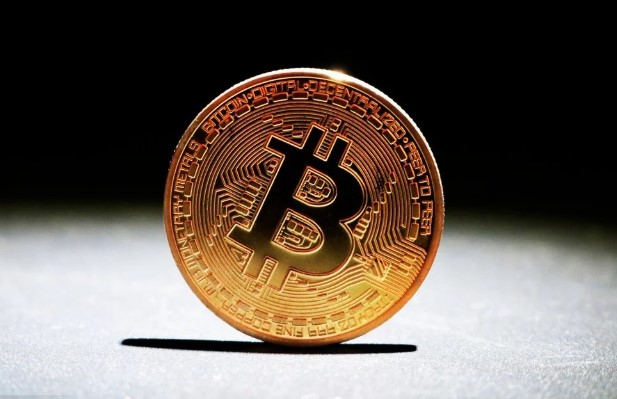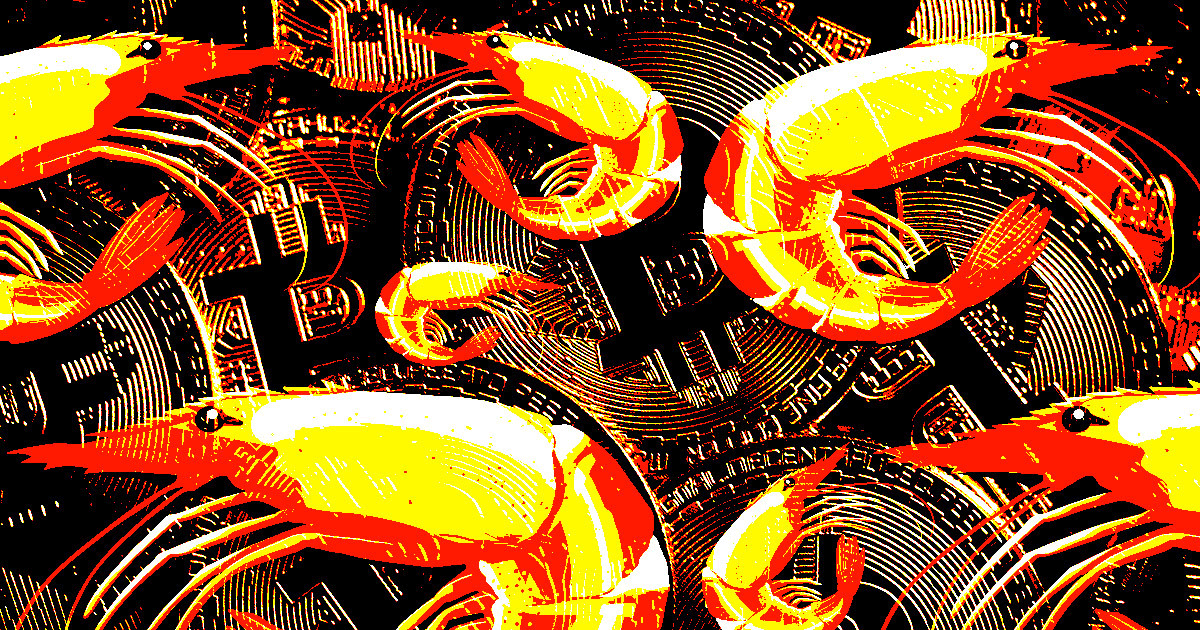Cursed inscriptions have created a large technical debt for Ordinals and Inscription developers to handle. The debate on how to address the problem is currently a matter of contention for users.
These days we often wax eloquent about the “early days of Bitcoin” and the great visionaries who participated in the discussions on protocol development. However we often forget that the cypherpunks of olde were human too — that early oversights & unresolved disagreements resulted in cumbersome idiosyncrasies that define our sacred blockchain today.
If you weren’t around in 2009 and want to get a taste of what it was like back then, come join the discussion in Ordinals land. We’re speedrunning Bitcoin Consensus.
What is the debate about?
Ordinal Theory describes how to serialize & track satoshis. These satoshis, when serialized, are called “ordinals”. We can associate chunks of data that we call “inscriptions” to these ordinals, thus creating a form of NFT on Bitcoin. It’s a simple concept, but the implementation of the client that runs ordinals is quite complex. Ordinals began as a passion project but exploded into popularity in a matter of a few weeks. Because of the rise in hype and complexity of the client, a lot of “bugs” in the client implementation were discovered. Due to the arcane nature of how the implementation actually works, a lot of these bugs & idiosyncrasies became the subject of market speculation.
The most notable of these idiosyncrasies has arguably become a feature, not a bug. On the OG Ordinals explorer site, ordinals.com, Inscriptions were displayed with a number whenever they were “inscribed”. These numbers were a fun and easy way to track how many Inscriptions there were and immediately became a focus for collectors.
A few weeks ago, the creator of Ordinals published a blog post about how these Inscription numbers have created undesirable consequences and how maintaining these numbers hamstrings further protocol development. Recently, I tweeted my opinion on the matter and it kicked off the first major debate in Ordinals land.
Narrowly, this is a discussion over maintaining or changing the current numbering of Inscriptions. More broadly, this is one of the first real community discussions over how protocol decisions are made. Broader still, this is a question of “what is the protocol, how do we define an ‘Inscription’”.















 Tue, 18 Apr 2023
Tue, 18 Apr 2023
